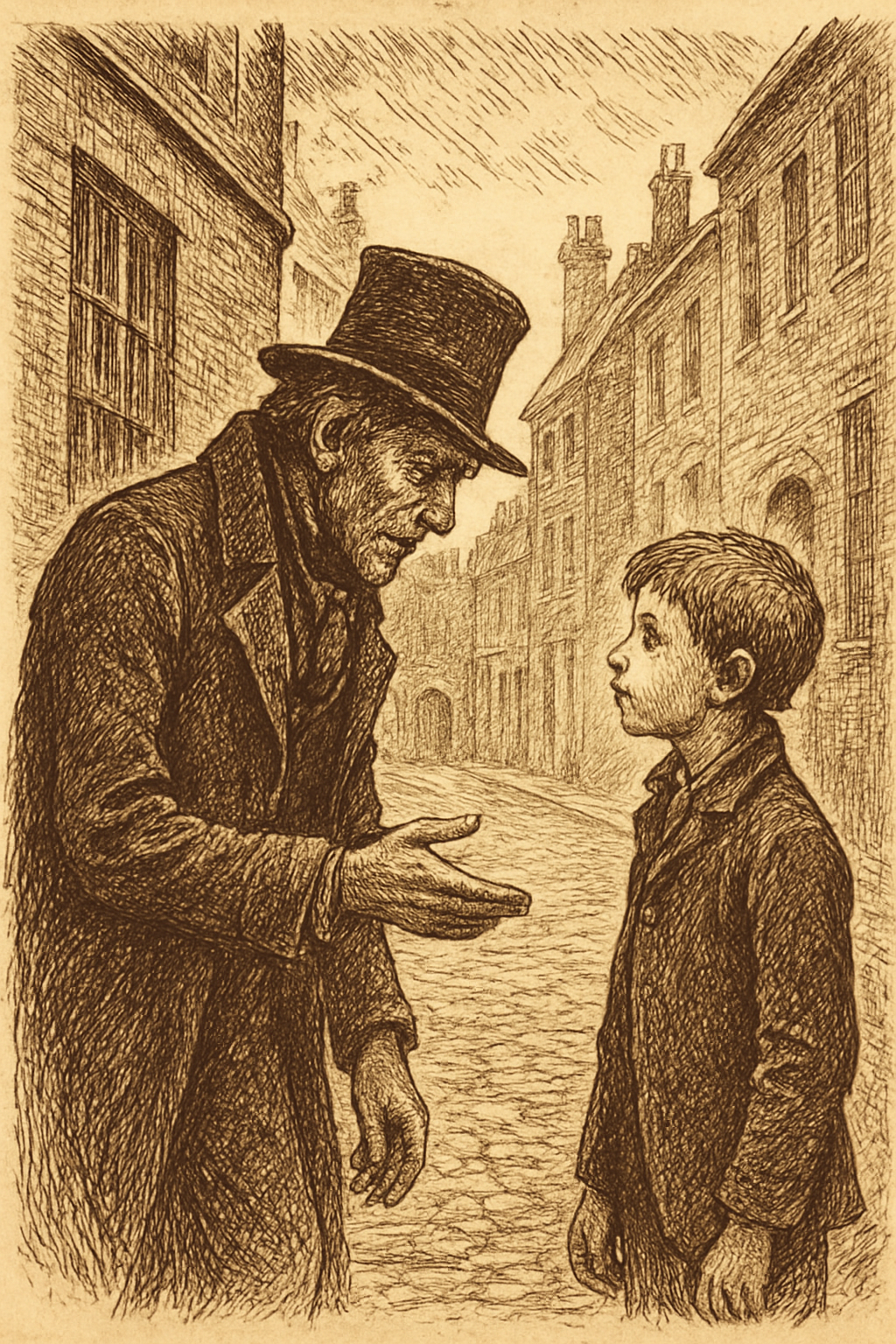Hope Against Hardship: A Deeper Look at the Classic Book Oliver Twist by Charles Dickens

When people talk about Oliver Twist, they often mention the dark alleys, cruel characters, and unfair struggles. But beneath all the hardship, there is something shining through—hope. Charles Dickens didn’t just want readers to feel sad; he wanted them to believe that even in the toughest times, there is always a spark of light. This message of hope is what makes Oliver Twist more than just a story. It makes it a lesson that stays with us.
Oliver as a Symbol of Hope
At the heart of the book is Oliver himself. Though young, fragile, and often surrounded by difficulties, Oliver never loses his inner goodness. He keeps hoping for kindness and fairness, even when the world seems harsh. In this way, Oliver is more than just a character—he is a symbol. He represents the belief that innocence and honesty can survive, even when tested by cruel surroundings.
Why This Message Matters
During Dickens’ time, many children lived in poverty, with little chance of escaping. By writing Oliver’s story, Dickens reminded readers that these children were not hopeless. They deserved care, love, and opportunities. Today, the message is just as strong. Kids everywhere can learn from Oliver that they should never give up, no matter how many obstacles stand in their way.
The Power of Small Acts of Kindness
Another reason the theme of hope shines so strongly in the book is the way kindness appears in unexpected places. Dickens shows us that even small acts of care—whether from strangers or friends—can change someone’s life. This teaches us that hope often comes from people who choose to be kind, even when they don’t have to be.
Darkness That Makes the Light Stronger
The hardships in Oliver Twist may seem overwhelming at times. But Dickens uses them for a purpose. By showing readers the difficulties so clearly, he makes the moments of hope stand out more brightly. Without darkness, light would not seem so powerful. This balance makes the book more emotional and teaches readers that hope is strongest when it is hardest to hold on to.
A Message That Lasts Across Time
Even though Oliver Twist was written nearly two centuries ago, its theme of hope is timeless. Every generation faces struggles—whether big or small—and every generation needs to be reminded that hope can survive. That is why people keep reading the book again and again. Its message doesn’t get old; it feels fresh each time.
Why Kids Should Notice This Theme
For kids, Oliver’s story is especially meaningful. It shows that even someone small can face big challenges with bravery. It tells young readers that their feelings and their struggles matter, and that holding on to hope can help them move forward. Oliver’s journey becomes a guide for kids to believe in themselves, even when things are tough.
How Dickens Teaches Without Preaching
What makes Dickens’ storytelling so clever is that he doesn’t lecture readers about hope. Instead, he lets the characters and events show it. Readers feel the importance of hope rather than being told about it directly. This quiet but powerful style is what makes the message so memorable. You finish the book not just understanding the theme—you feel it.
Hope in Today’s World
In modern times, when people face new kinds of challenges, the message of Oliver Twist is still relevant. Whether it’s dealing with school pressures, family struggles, or big problems in society, Oliver’s story reminds us that giving up is not the answer. Hope is still the bridge between sadness and brighter days.
At first glance, Oliver Twist may look like a story filled with hardships. But when you look closer, you see that it’s really about hope shining through the cracks of darkness. Oliver himself, with his innocence and determination, is a reminder that no matter how difficult life becomes, there is always room for light.
That’s what makes the book so powerful—not just the adventure or the colorful characters, but the steady heartbeat of hope that runs through every page.
So, when you read Oliver Twist, don’t only notice the struggles. Pay attention to the moments of courage, kindness, and belief in better days. That’s where the true treasure of the book lies.